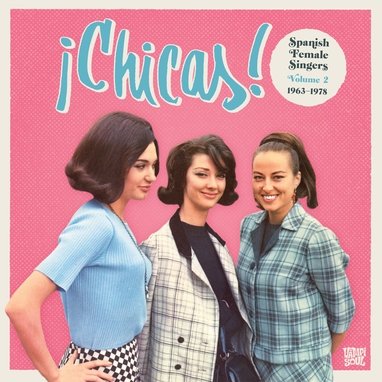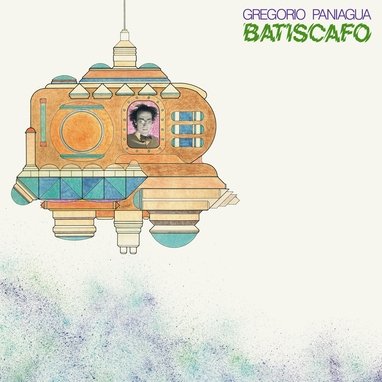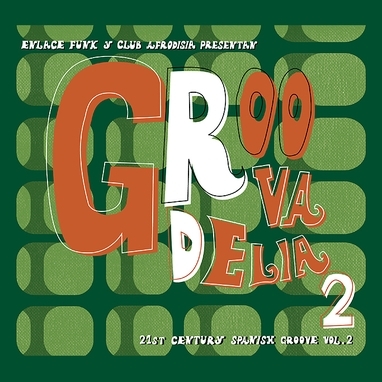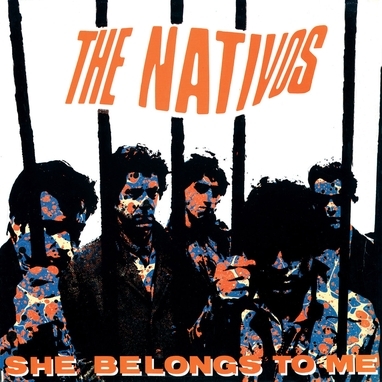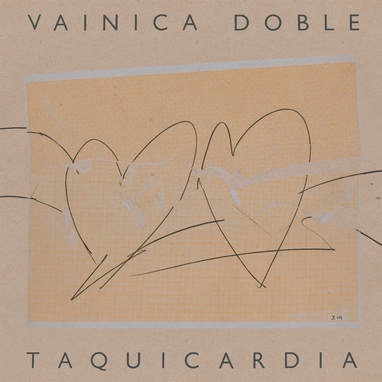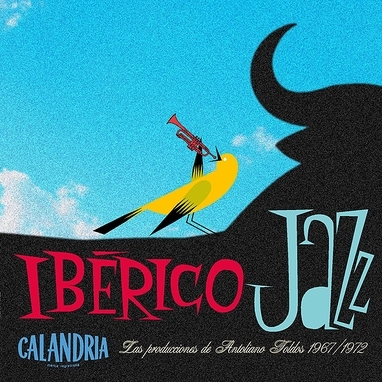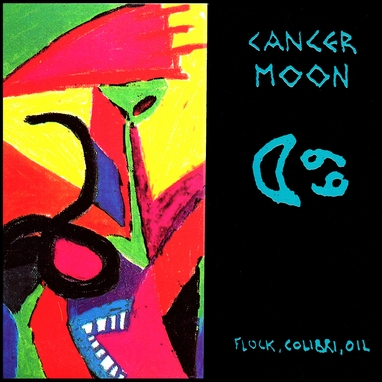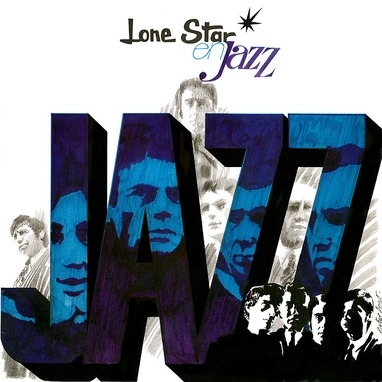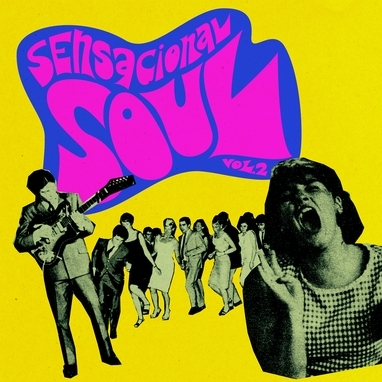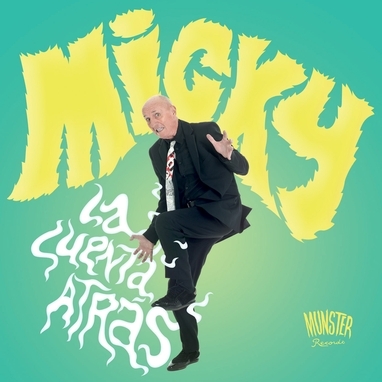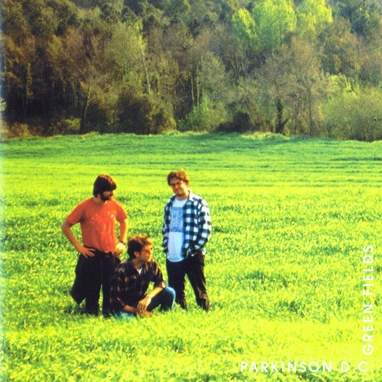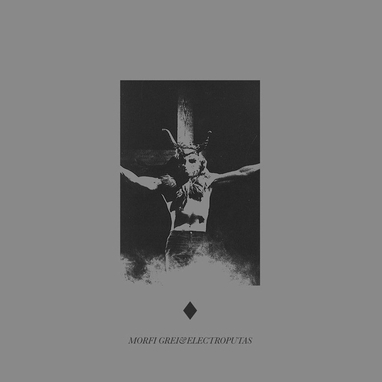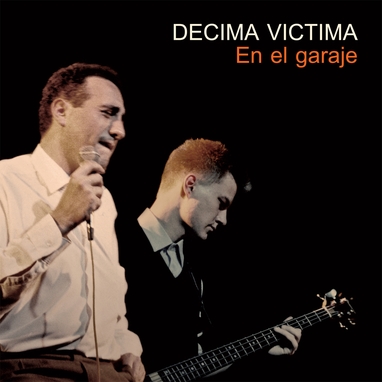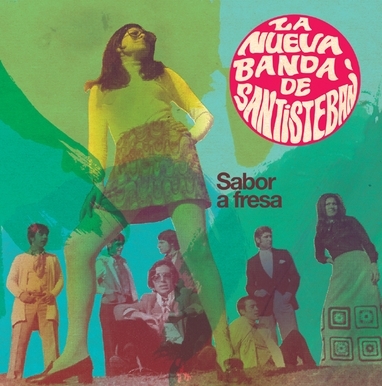¡CHICAS! Vol 2. Spanish Female Singers 1963-1978
Vampisoul
¡CHICAS! Vol 2. Spanish Female Singers 1963-1978
Second volume of our ¡Chicas! series, an irresistible collection of ye-yé, rock & roll, twist, beat, gipsy rock, soul and cinematic grooves! From the early 60s and in the middle of a difficult political and social context, Spanish female singers – and those who moved to Spain – disregarded conventions and overcame all barriers to be part of a music movement that shook the Spanish society of the period. Many of the 28 tracks are reissued for the first time, including very hard-to-find records. Both formats include extensive notes by Vicente Fabuel featuring all the original record sleeves and artist photos.
Crimes should be put to trial quickly. The sooner, the better. But it’s not so clear what should be done about songs. Or maybe it is. The history of songs and their reputation is full of incongruities, misunderstandings and, even more clearly, flagrant injustices. Released by an insatiable industry which has never thought about the future and has simply considered them light entertainment, an industry whose only way of assessment was a song’s potential to make cash, then and now, with old or new technology, the truth is that many of those songs from years past usually have a life beyond that affidavit period imposed on them as music for a certain season. It’s unfair that after a judgement made in a few seconds, after deciding that what’s heard doesn’t fit what might be expected, those songs are arbitrarily condemned to ostracism. Women and their songs know a lot about that. Much of the Spanish female music from past decades didn’t reach their potential audience. Too much. For varied reasons, the more personal and daring work couldn’t break the barriers imposed by a society with a narrow and prudish view of what a woman’s role should be. This second volume of “¡Chicas! must disprove again the lie that says that in the 60s and first half of the 70s, Spanish female artists hardly sang anything but ye-yé, singer-songwriter, copla or romantic songs. Despite all the social determinants and repressive archetypes which stigmatized anyone who left the queue, the most courageous women began their paths in new music roles which they immediately considered their own. Embarking on all the fashionable innovative experiences, as well as those styles in which their supposed and accepted specialization made them succeed, Spanish girls started to show all they were capable of. Whether it was as solo artists or as part of a band, along with men or other women, the real turning point for our more groundbreaking pop female singers at the time was their ability to associate. Suddenly, breaking the isolation that until then considered them mere instruments in the hands of men, those daring girls got involved in ambitious projects and tried to do it by themselves, obtaining a normality denied until then. Exquisite experiences of select avant-garde, brave examples of groove and funk or adventures in 70s rock; of course, there were also incursions in twist, bossa, ska, soul or the emerging gipsy rock trend. Girl singers came of age beyond what their national identity card said or what the anomalous and repressive Spanish society of the time dictated. The other circumstance that inevitable shook the music scene of the 60s and 70s, and which had a lot to do with what we’ve just mentioned, was the importance and influence upon Spanish music of foreign female artists who visited, were settled here or were just occasionally called upon. It was a constant coming and going, an array of voices of all kinds of musical styles providing new ideas, telling us that there were other worlds out there and creating a fascinating female musical magma which this second volume of “¡Chicas!” is proud to compile again. It was a glorious intromission in our scene which could be described as groundbreaking. The tracks featured here are the proofs of this wonder, and the line-up of female artists that make this record possible – many of them sadly unknown or forgotten until now – are the wonderful and still relevant cast of this story. Vicente Fabuel
Productos relacionados
Second volume of our ¡Chicas! series, an irresistible collection of ye-yé, rock & roll, twist, beat, gipsy rock, soul and cinematic grooves! From the early 60s and in the middle of a difficult political and social context, Spanish female singers – and those who moved to Spain – disregarded conventions and overcame all barriers to be part of a music movement that shook the Spanish society of the period. Many of the 28 tracks are reissued for the first time, including very hard-to-find records. Both formats include extensive notes by Vicente Fabuel featuring all the original record sleeves and artist photos.
Crimes should be put to trial quickly. The sooner, the better. But it’s not so clear what should be done about songs. Or maybe it is. The history of songs and their reputation is full of incongruities, misunderstandings and, even more clearly, flagrant injustices. Released by an insatiable industry which has never thought about the future and has simply considered them light entertainment, an industry whose only way of assessment was a song’s potential to make cash, then and now, with old or new technology, the truth is that many of those songs from years past usually have a life beyond that affidavit period imposed on them as music for a certain season. It’s unfair that after a judgement made in a few seconds, after deciding that what’s heard doesn’t fit what might be expected, those songs are arbitrarily condemned to ostracism. Women and their songs know a lot about that. Much of the Spanish female music from past decades didn’t reach their potential audience. Too much. For varied reasons, the more personal and daring work couldn’t break the barriers imposed by a society with a narrow and prudish view of what a woman’s role should be. This second volume of “¡Chicas! must disprove again the lie that says that in the 60s and first half of the 70s, Spanish female artists hardly sang anything but ye-yé, singer-songwriter, copla or romantic songs. Despite all the social determinants and repressive archetypes which stigmatized anyone who left the queue, the most courageous women began their paths in new music roles which they immediately considered their own. Embarking on all the fashionable innovative experiences, as well as those styles in which their supposed and accepted specialization made them succeed, Spanish girls started to show all they were capable of. Whether it was as solo artists or as part of a band, along with men or other women, the real turning point for our more groundbreaking pop female singers at the time was their ability to associate. Suddenly, breaking the isolation that until then considered them mere instruments in the hands of men, those daring girls got involved in ambitious projects and tried to do it by themselves, obtaining a normality denied until then. Exquisite experiences of select avant-garde, brave examples of groove and funk or adventures in 70s rock; of course, there were also incursions in twist, bossa, ska, soul or the emerging gipsy rock trend. Girl singers came of age beyond what their national identity card said or what the anomalous and repressive Spanish society of the time dictated. The other circumstance that inevitable shook the music scene of the 60s and 70s, and which had a lot to do with what we’ve just mentioned, was the importance and influence upon Spanish music of foreign female artists who visited, were settled here or were just occasionally called upon. It was a constant coming and going, an array of voices of all kinds of musical styles providing new ideas, telling us that there were other worlds out there and creating a fascinating female musical magma which this second volume of “¡Chicas!” is proud to compile again. It was a glorious intromission in our scene which could be described as groundbreaking. The tracks featured here are the proofs of this wonder, and the line-up of female artists that make this record possible – many of them sadly unknown or forgotten until now – are the wonderful and still relevant cast of this story. Vicente Fabuel
Productos relacionados
¡CHICAS! Vol 2. Spanish Female Singers 1963-1978
Second volume of our ¡Chicas! series, an irresistible collection of ye-yé, rock & roll, twist, beat, gipsy rock, soul and cinematic grooves! From the early 60s and in the middle of a difficult political and social context, Spanish female singers – and those who moved to Spain – disregarded conventions and overcame all barriers to be part of a music movement that shook the Spanish society of the period. Many of the 28 tracks are reissued for the first time, including very hard-to-find records. Both formats include extensive notes by Vicente Fabuel featuring all the original record sleeves and artist photos.
Crimes should be put to trial quickly. The sooner, the better. But it’s not so clear what should be done about songs. Or maybe it is. The history of songs and their reputation is full of incongruities, misunderstandings and, even more clearly, flagrant injustices. Released by an insatiable industry which has never thought about the future and has simply considered them light entertainment, an industry whose only way of assessment was a song’s potential to make cash, then and now, with old or new technology, the truth is that many of those songs from years past usually have a life beyond that affidavit period imposed on them as music for a certain season. It’s unfair that after a judgement made in a few seconds, after deciding that what’s heard doesn’t fit what might be expected, those songs are arbitrarily condemned to ostracism. Women and their songs know a lot about that. Much of the Spanish female music from past decades didn’t reach their potential audience. Too much. For varied reasons, the more personal and daring work couldn’t break the barriers imposed by a society with a narrow and prudish view of what a woman’s role should be. This second volume of “¡Chicas! must disprove again the lie that says that in the 60s and first half of the 70s, Spanish female artists hardly sang anything but ye-yé, singer-songwriter, copla or romantic songs. Despite all the social determinants and repressive archetypes which stigmatized anyone who left the queue, the most courageous women began their paths in new music roles which they immediately considered their own. Embarking on all the fashionable innovative experiences, as well as those styles in which their supposed and accepted specialization made them succeed, Spanish girls started to show all they were capable of. Whether it was as solo artists or as part of a band, along with men or other women, the real turning point for our more groundbreaking pop female singers at the time was their ability to associate. Suddenly, breaking the isolation that until then considered them mere instruments in the hands of men, those daring girls got involved in ambitious projects and tried to do it by themselves, obtaining a normality denied until then. Exquisite experiences of select avant-garde, brave examples of groove and funk or adventures in 70s rock; of course, there were also incursions in twist, bossa, ska, soul or the emerging gipsy rock trend. Girl singers came of age beyond what their national identity card said or what the anomalous and repressive Spanish society of the time dictated. The other circumstance that inevitable shook the music scene of the 60s and 70s, and which had a lot to do with what we’ve just mentioned, was the importance and influence upon Spanish music of foreign female artists who visited, were settled here or were just occasionally called upon. It was a constant coming and going, an array of voices of all kinds of musical styles providing new ideas, telling us that there were other worlds out there and creating a fascinating female musical magma which this second volume of “¡Chicas!” is proud to compile again. It was a glorious intromission in our scene which could be described as groundbreaking. The tracks featured here are the proofs of this wonder, and the line-up of female artists that make this record possible – many of them sadly unknown or forgotten until now – are the wonderful and still relevant cast of this story. Vicente Fabuel
Second volume of our ¡Chicas! series, an irresistible collection of ye-yé, rock & roll, twist, beat, gipsy rock, soul and cinematic grooves! From the early 60s and in the middle of a difficult political and social context, Spanish female singers – and those who moved to Spain – disregarded conventions and overcame all barriers to be part of a music movement that shook the Spanish society of the period. Many of the 28 tracks are reissued for the first time, including very hard-to-find records. Both formats include extensive notes by Vicente Fabuel featuring all the original record sleeves and artist photos.
Crimes should be put to trial quickly. The sooner, the better. But it’s not so clear what should be done about songs. Or maybe it is. The history of songs and their reputation is full of incongruities, misunderstandings and, even more clearly, flagrant injustices. Released by an insatiable industry which has never thought about the future and has simply considered them light entertainment, an industry whose only way of assessment was a song’s potential to make cash, then and now, with old or new technology, the truth is that many of those songs from years past usually have a life beyond that affidavit period imposed on them as music for a certain season. It’s unfair that after a judgement made in a few seconds, after deciding that what’s heard doesn’t fit what might be expected, those songs are arbitrarily condemned to ostracism. Women and their songs know a lot about that. Much of the Spanish female music from past decades didn’t reach their potential audience. Too much. For varied reasons, the more personal and daring work couldn’t break the barriers imposed by a society with a narrow and prudish view of what a woman’s role should be. This second volume of “¡Chicas! must disprove again the lie that says that in the 60s and first half of the 70s, Spanish female artists hardly sang anything but ye-yé, singer-songwriter, copla or romantic songs. Despite all the social determinants and repressive archetypes which stigmatized anyone who left the queue, the most courageous women began their paths in new music roles which they immediately considered their own. Embarking on all the fashionable innovative experiences, as well as those styles in which their supposed and accepted specialization made them succeed, Spanish girls started to show all they were capable of. Whether it was as solo artists or as part of a band, along with men or other women, the real turning point for our more groundbreaking pop female singers at the time was their ability to associate. Suddenly, breaking the isolation that until then considered them mere instruments in the hands of men, those daring girls got involved in ambitious projects and tried to do it by themselves, obtaining a normality denied until then. Exquisite experiences of select avant-garde, brave examples of groove and funk or adventures in 70s rock; of course, there were also incursions in twist, bossa, ska, soul or the emerging gipsy rock trend. Girl singers came of age beyond what their national identity card said or what the anomalous and repressive Spanish society of the time dictated. The other circumstance that inevitable shook the music scene of the 60s and 70s, and which had a lot to do with what we’ve just mentioned, was the importance and influence upon Spanish music of foreign female artists who visited, were settled here or were just occasionally called upon. It was a constant coming and going, an array of voices of all kinds of musical styles providing new ideas, telling us that there were other worlds out there and creating a fascinating female musical magma which this second volume of “¡Chicas!” is proud to compile again. It was a glorious intromission in our scene which could be described as groundbreaking. The tracks featured here are the proofs of this wonder, and the line-up of female artists that make this record possible – many of them sadly unknown or forgotten until now – are the wonderful and still relevant cast of this story. Vicente Fabuel

